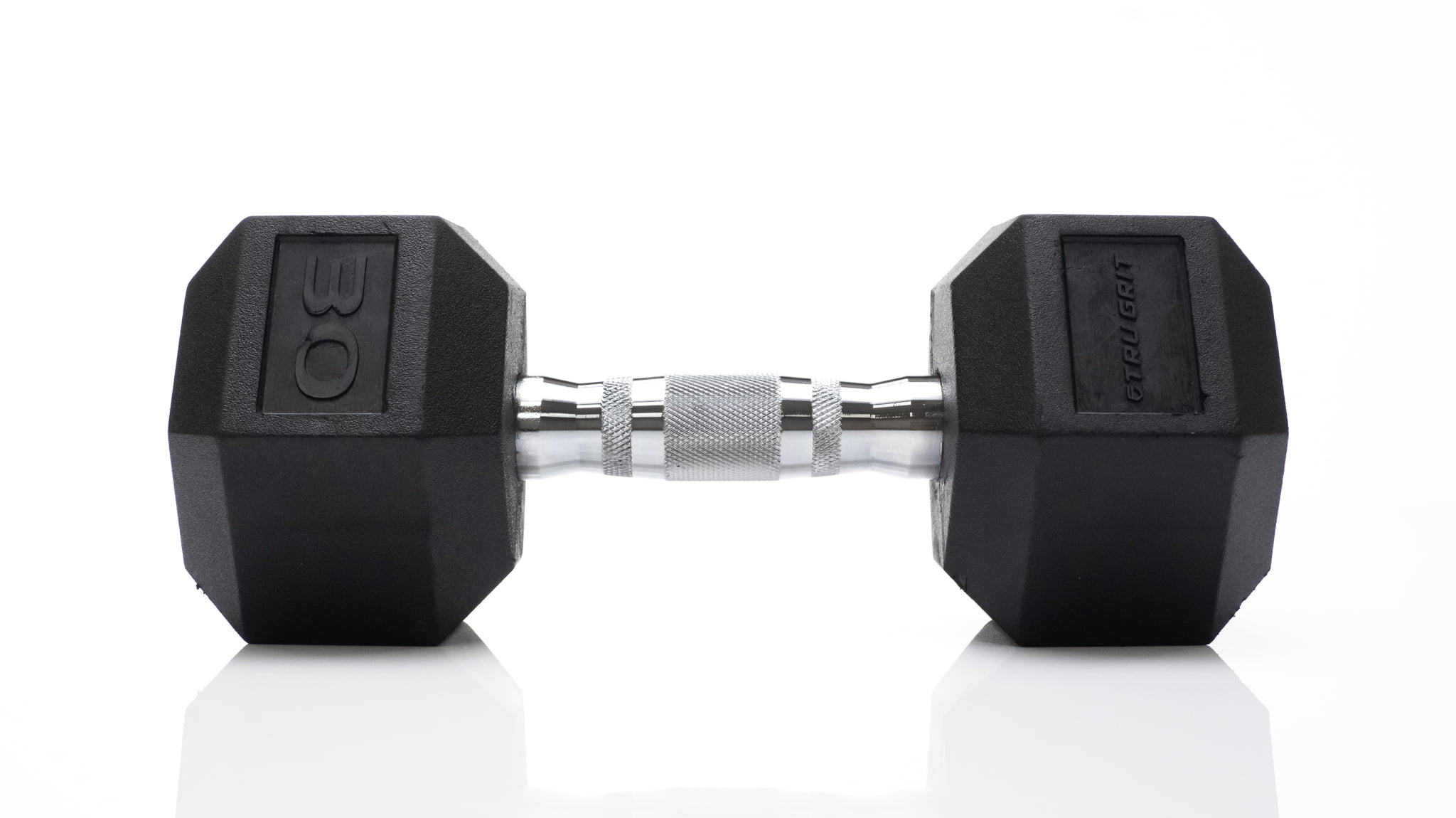
The weight of the dumbbell that you use for weight training cannot be determined at random, especially the weight of dumbbells for beginners. Instead of building muscles, dumbbells that are too heavy can actually harm your body, starting from the possibility of injury, muscle damage, to pinched nerves.
Meanwhile, dumbbells that are too light will make your exercise ineffective and ultimately not give maximum results.
So, what is the correct dumbbell weight for beginners? Please read on to find the answer!
The recommended dumbbell weight for everyone is not the same. This is influenced by several factors, ranging from physical strength to training goals to be achieved.
Basically, you can rely on the following three things to determine the right dumbbell weight:
1. Choose a dumbbell weight according to gender
Although not always, men usually have stronger upper body parts than women. Therefore men who usually focus on chest and back exercises can start lifting dumbbells weighing 4.5-9 kg. Meanwhile, women who usually focus more on repetition, speed, and tend to have higher resistance can start with dumbbells weighing 2-4.5 kg.
2. Choose a dumbbell weight according to your strength level
Of course we can’t generalize everyone’s strength just based on their gender. Therefore, to determine the weight based on the level of strength more precisely, you can use the following method. Try dumbbells of varying weights until you find the heaviest weight that you can still lift with one hand in one try.
The dumbbell weight that is suitable for your strength is a weight that weighs approximately 60-70% of the heaviest weight. So, for example, if you are able to lift 5 kilograms (kg) of dumbbells without losing balance, then the weight of the dumbbells that suits you is: 5kg x 60% = 3kg or 5kg x 70% = 3.5 kg. That is, you can lift a weight of 3 kg in one hand and 3.5 kg in the other.
However, the recommended dumbbell weight for you can still change based on other factors such as training goals. You can also increase the weight of the dumbbells gradually as your strength increases during the exercise.
3. Choose the weight of the dumbbell according to the type of exercise & level of proficiency
Heavy dumbbells are great for building your muscles. Therefore if your goal is to train the chest, leg and back muscles, use dumbbells that are moderate to heavy.
Meanwhile, light dumbbells are suitable for stabilizing the muscles that will support the tendons and joints. Therefore if your goal is to train the biceps, triceps and deltoids, use light to moderate dumbbells.
Also adjust the weight of the dumbbells to your level of proficiency. Start with lighter dumbbells when you start a new type of exercise. You also have to consider the level of difficulty of the exercise.